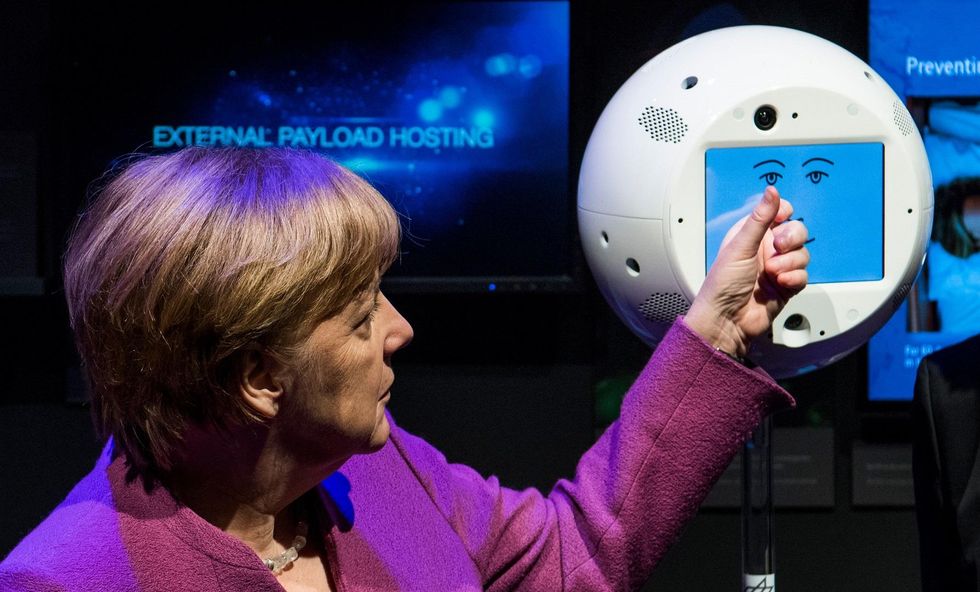The robot takeover of the space station has begun. On Friday, SpaceX launched a rocket carrying a robot powered with artificial intelligence, to help astronauts on the International Space Station.
What are the details?
The Crew Interactive Mobile Companion (CIMON) is basically a ball with a face on it, built by Airbus and powered by IBM's artificial intelligence Watson.
Since the space station only has microgravity, this robot doesn't need wheels or legs to move around. Instead, it will use a series of fans to move as it floats around, and it has ultrasonic sensors to help it navigate.
The robot will be able to help the crew perform experiments, and can even reportedly engage in small talk. A promotional video from Airbus shows CIMON talking and laughing with the crew as they eat.
CIMON's version of Watson was also modified from the Earth version, to include astronaut lingo like saying “affirmative” instead of “yes.” It can also learn from interacting with and analyzing its environment, so no red flags there.
CIMON will also work as a mobile video camera, allowing NASA to record angles that wouldn't be possible with mounted cameras. Data will be streamed to the IBM cloud (kept separate from the main version of Watson for security purposes), but astronauts will have a button they can push that will put CIMON in privacy mode and stop data from leaving the station.
CIMON left earth aboard a SpaceX Falcon 9 rocket at 5:42 a.m. ET Friday.
Is it friendly?
Allegedly. Only time can tell.
Airbus's lead engineer, Philipp Schulien, insised that this robot would not be taking the place of a human astronaut.
“We never plan to replace the crew member with the artificial intelligence,” Schulien told The Washington Post. “We are just there to support the crew. In the end, the human crew will always be required. The AI is not self-training.”







